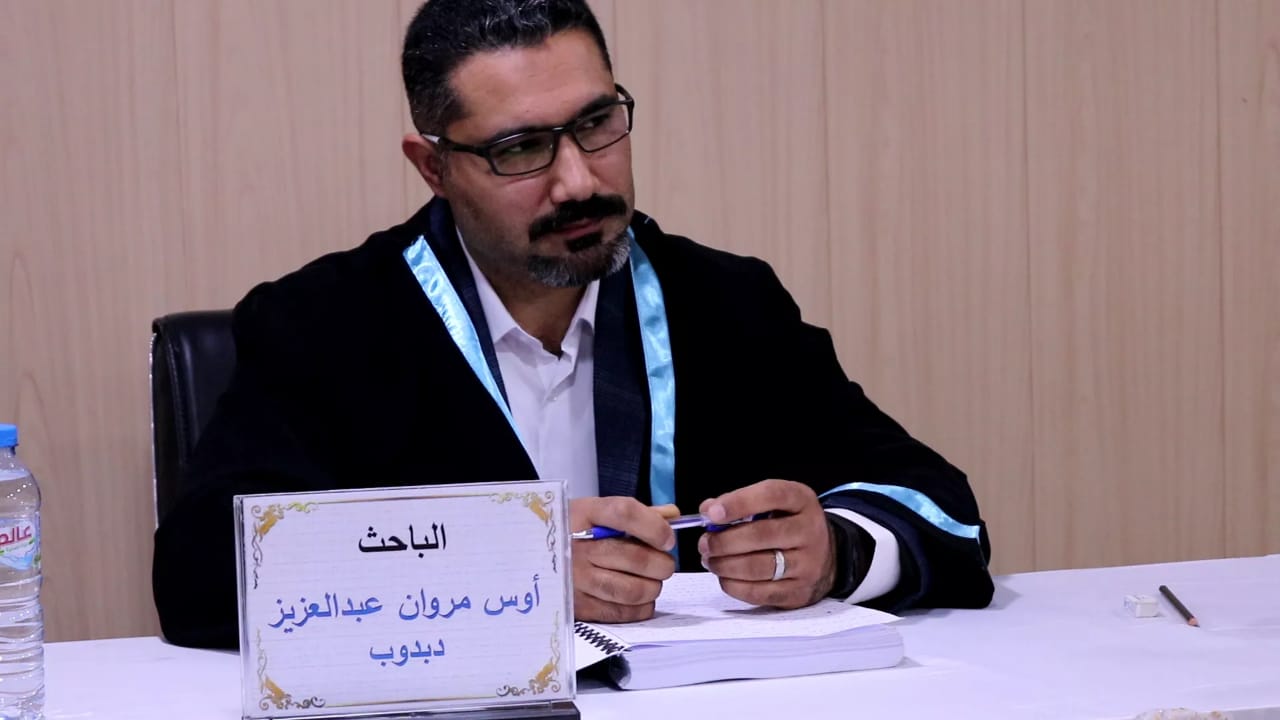A master's thesis in the College of Fine Arts, University of Basra, examined the aesthetic approach of the human form between art and cosmetic medicine
The message presented by researcher Aws Marwan Abdel Aziz included four chapters
The first chapter covered the problem of research and coming up with two questions ... What are the aesthetic standards adopted in plastic surgery for the human form? What is the apparent approach between human images after aesthetics with the development of the artistic drawing of the human figure, in conjunction with philosophical ideas in general
The second chapter includes three topics, the first topic (the movement of the human form through the history of philosophy) and the second topic (the aesthetic perception of drawing the human figure, a reading in the history of drawing) while the third topic deals with (concept plastic medicine and the mechanism of action)
As for the third chapter, it included a research community that included a large group of technical and medical achievements, ranging from the fifth century BC to 2003 AD
In the fourth chapter (Results and Conclusions), it is devoted to discussing the results obtained from the analysis of the sample and its relationship to the human form, both technically and medically.
She demonstrated the importance of research ... by studying the human figure and shedding light on how it is represented artistically across different schools and eras
The research concluded .. The aesthetic convergence between art and plastic medicine appeared through artistic works in the period of impressionism
The research recommended .. The great aesthetic approach between the human figure was clarified if not a match between surrealist art and cosmetic medicine by taking the hourglass shape as an aesthetic model and making the female body closer to it, by enlarging the upper and lower part and greatly slimming the waist










